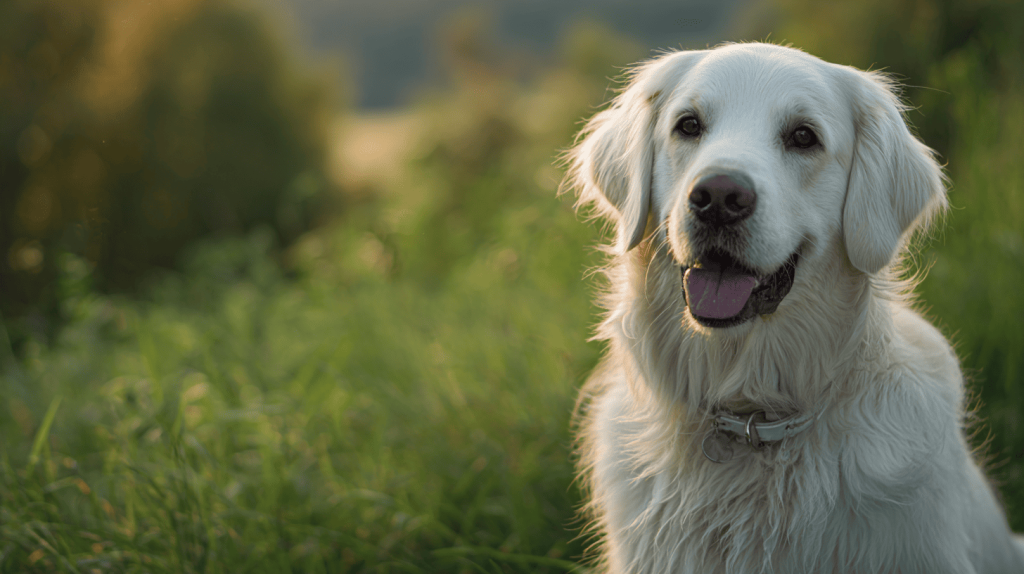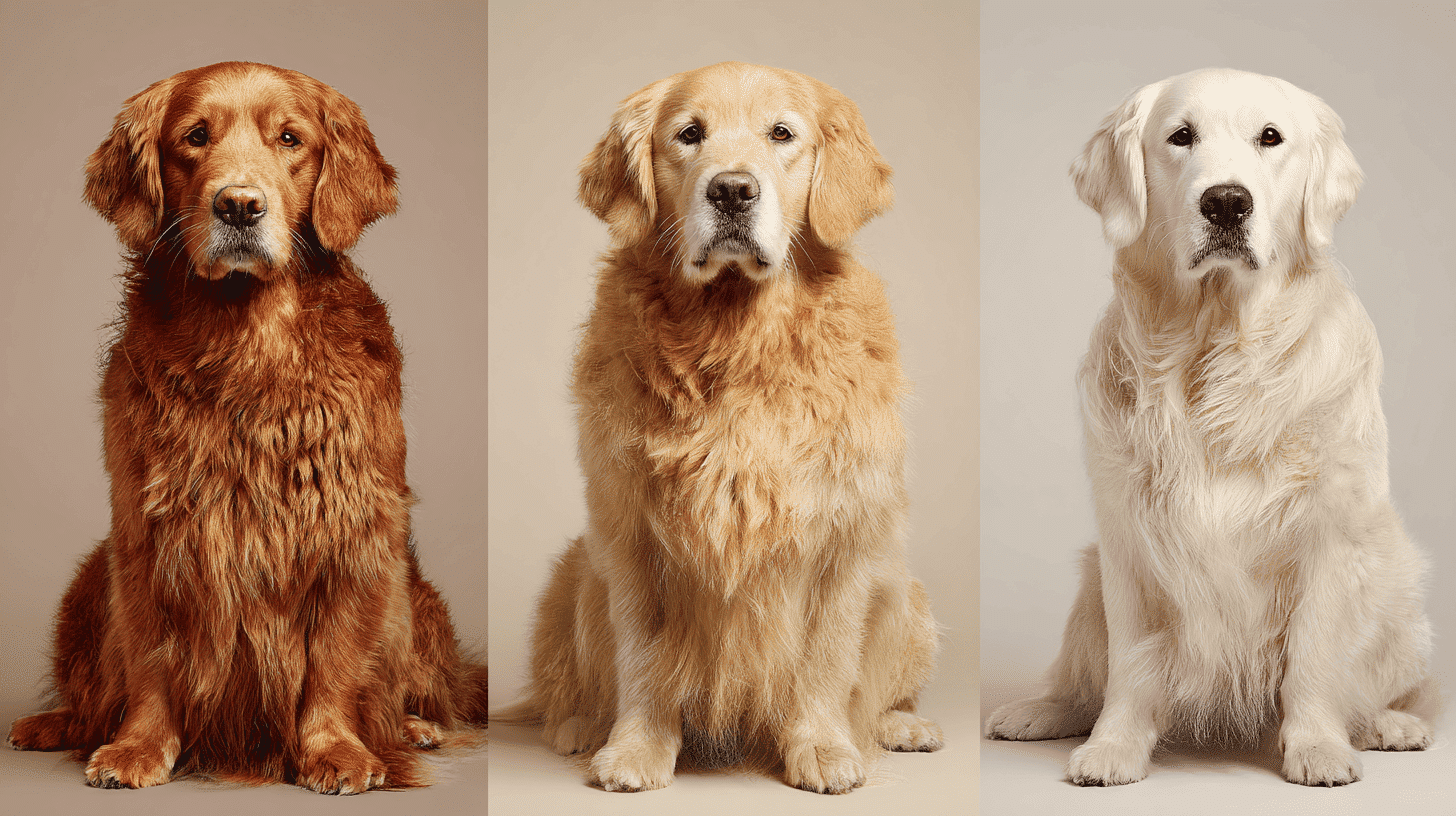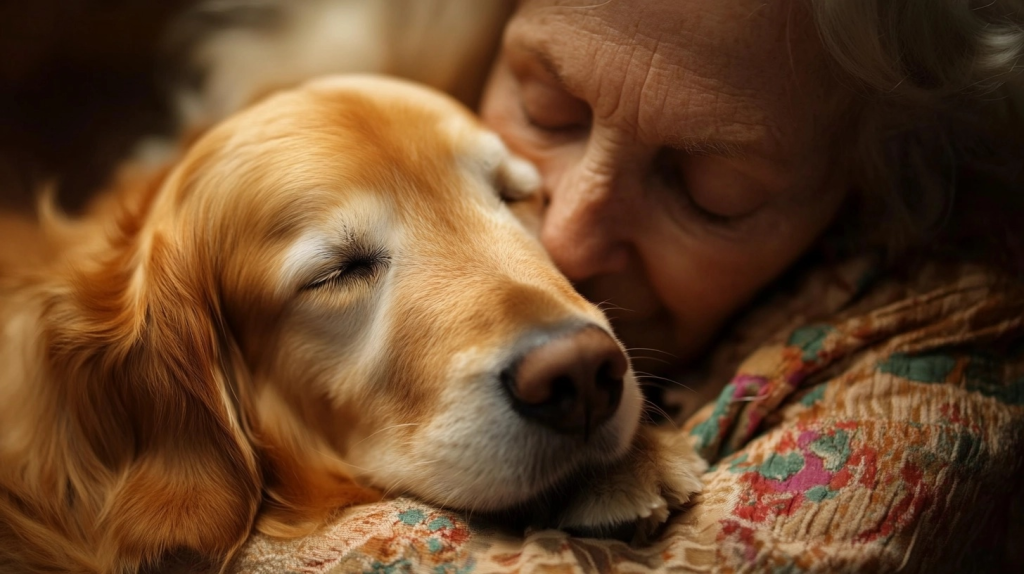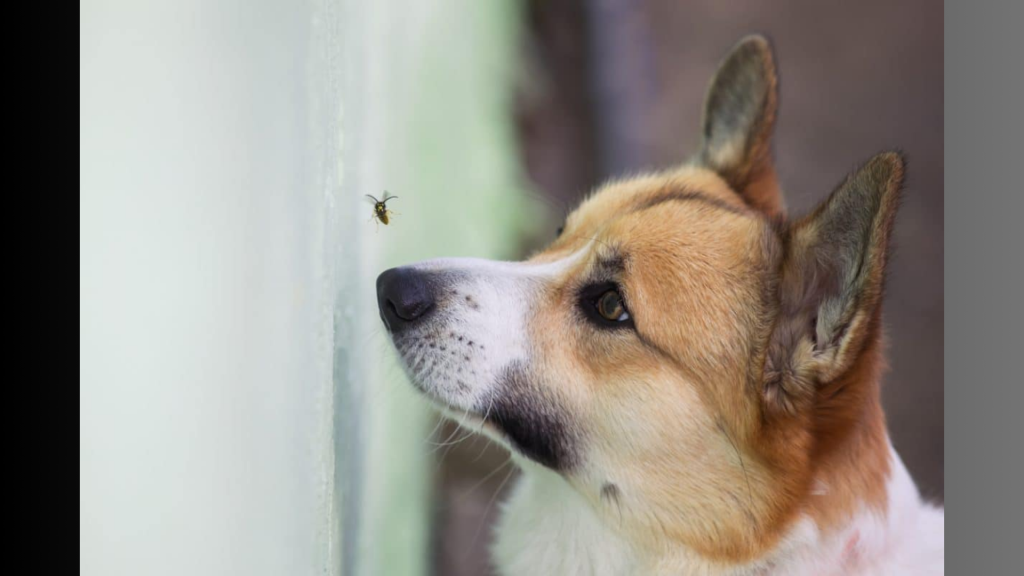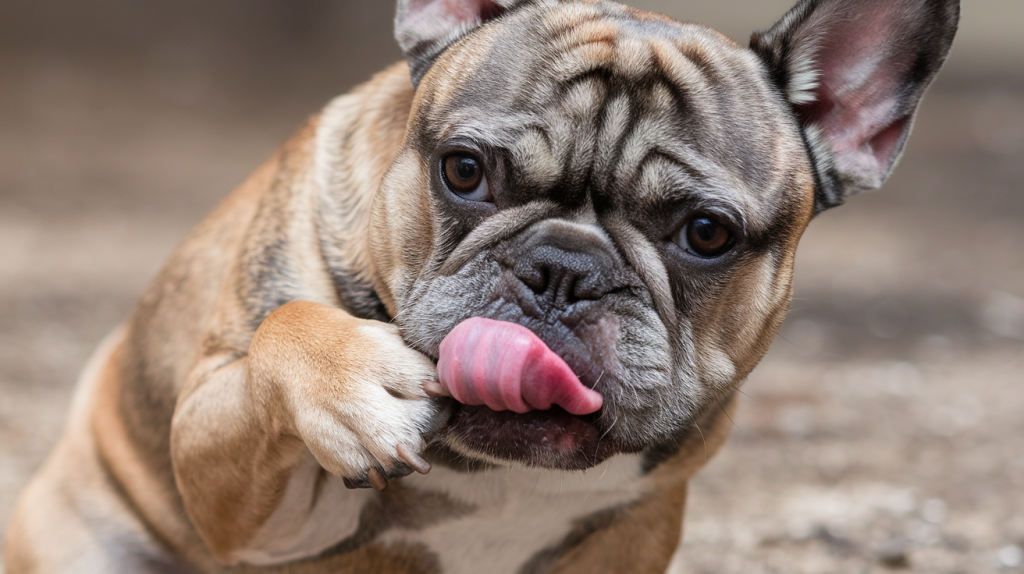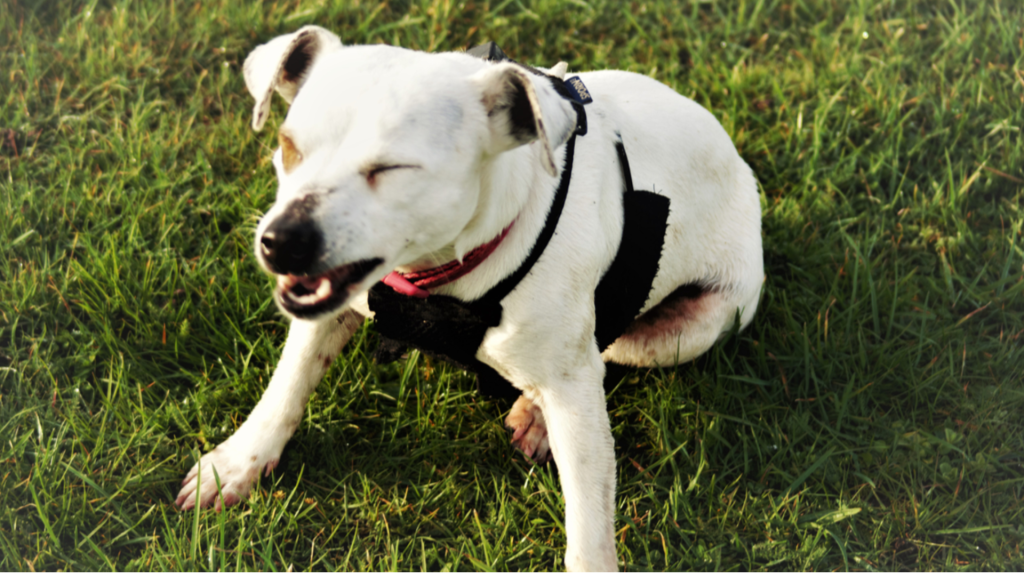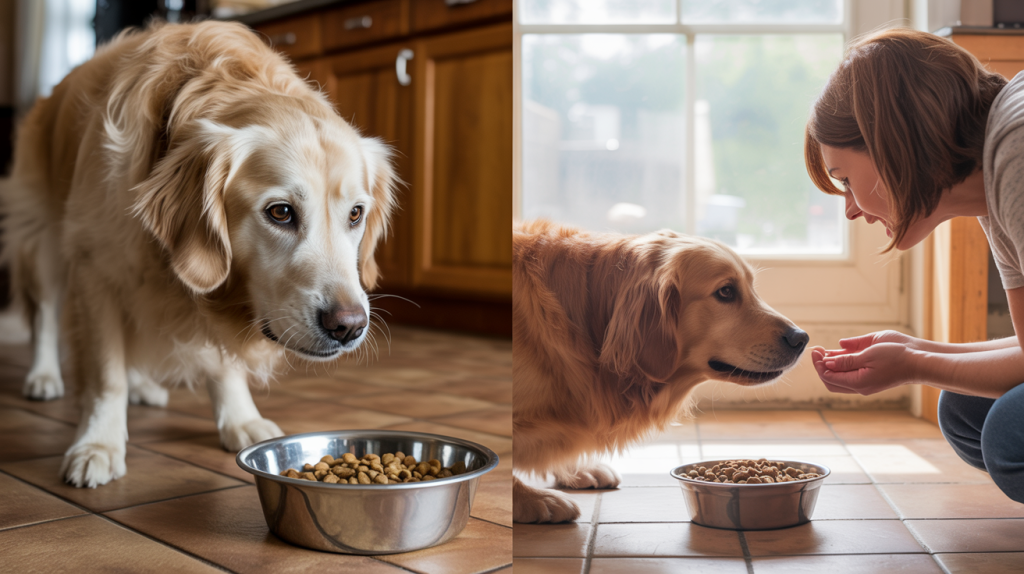It’s easy to fall in love with a Golden Retriever, but there’s something especially eye-catching about the ones with light, almost white coats.
You’re not the only one who’s noticed. More and more people are asking why some Goldens look so different from the classic golden color.
We understand that there’s a lot of buzz and even some confusion surrounding these “white” Golden Retrievers.
That’s why this blog breaks it all down clearly. You’ll learn what makes them look that way, whether they’re different from other Goldens, and what to know before bringing one home.
If you’re just curious or seriously considering one, you’ll find helpful answers here.
Describing White Golden Retriever
Despite their name, white Golden Retrievers are not a separate breed. They’re still purebred Golden Retrievers, just with lighter coat shades that range from pale cream to almost ivory.
Breed registries like the American Kennel Club (AKC) don’t officially recognize “white” as a color.
Instead, Goldens are categorized into light, medium, and dark golden. That said, English-type Golden Retrievers (especially from the UK or Europe) are known for their lighter coloring and stockier build.
So when you hear “white Golden Retriever,” think of it as a shade variation, not a separate breed.
Genetics Behind the White Coat Color
White coat color in animals results from specific genetic mutations that affect melanin production. Understanding these genetic mechanisms helps explain why some animals are born with striking white coats.
Primary Genes Controlling White Coat Color
- The KIT gene is the most significant factor in white coat genetics. Mutations in this gene disrupt melanocyte function – the cells responsible for producing melanin pigment. When melanocytes can’t function properly, hair follicles produce colorless hair, resulting in white coats.
- The MITF gene (Microphthalmia-associated transcription factor) also plays a crucial role. This gene regulates melanocyte development and survival. Specific MITF mutations can cause partial or complete loss of pigmentation.
How White Coat Inheritance Works
White coat color typically follows dominant inheritance patterns. This means only one copy of the mutated gene is needed to produce white coloration.
However, the expression can vary – some animals may have solid white coats while others show white patches.
Dominant white creates solid white coats and is common in horses and some cat breeds. Piebald spotting produces white patches mixed with colored areas, controlled by different KIT gene variations.
Associated Health Considerations
Certain white coat genetics are linked to congenital deafness, particularly in cats and dogs. The same developmental pathways affecting coat pigmentation also influence inner ear structure formation.
Understanding white coat genetics is essential for responsible breeding and animal health management.
English Cream vs White Golden
You may hear both English Cream and White Golden used to describe light-colored Goldens, but are they truly the same?
Let’s break down what sets them apart.
| Feature | English Cream | White Golden Retriever |
|---|---|---|
| Origin | UK or Europe | Marketing term in the U.S. |
| Coat Color | Pale cream to ivory | Often described as “white” |
| Body Structure | Stockier, blockier head | Similar or mixed lineage |
| Temperament (general) | Calmer (some say) | Varies by individual dog |
Know This Before Getting a White Golden Retriever
White Golden Retrievers may look unique, but they share the same sweet nature, intelligence, and loyalty as any other Golden.
Despite common myths, coat color does not affect a dog’s intelligence, gentleness, or overall health. What truly matters is responsible breeding, health testing, and proper care.
Some English lines may show slightly lower cancer rates, but that’s due to breeding, not the pale coat.
Key Characteristics of White Golden Retrievers
Here are the standout traits you can expect from a well-bred white Golden Retriever.
- Great with children: Calm, gentle, and patient, making them ideal for families.
- Easy to train: Intelligent and eager to please, they pick up commands quickly.
- Affectionate and social: They love attention and thrive on being around people.
- Smart and loyal: Just like all Goldens, they’re devoted, friendly, and highly responsive.
- Health depends on breeding: Good breeders screen for health, not coat color.
In short, it’s not about the color, it’s about how the dog is bred, raised, and loved.
Breeding Practices and Cost
Thinking about breeding animals? Whether it’s dogs, cats, or other pets, breeding is a big job. It takes time, money, and lots of care. Here’s what you need to know before you start.
Good Breeding Practices
Health Testing Comes First
Before breeding any animal, you need health tests. These tests check for diseases that parents can pass to babies. Good breeders test for hip problems, eye issues, and heart conditions. This keeps puppies and kittens healthy.
Know Your Animal’s Background
Learn about your pet’s family history. What health problems run in the family? What good traits do they have? This helps you make smart choices about breeding partners.
Wait for the Right Age
Don’t breed animals too young. Dogs should be at least 2 years old. Cats can breed around 1 year, but waiting longer is better. Young animals aren’t ready to be good parents yet.
Choose Partners Carefully
Pick breeding partners that are healthy and have good temperaments. Don’t just breed two animals because they’re pretty. Look for partners that will make the babies healthier and better behaved.
Breeding Costs You Should Know
Before Breeding Expenses
- Health tests: $200-$800 per animal
- Breeding rights or stud fees: $500-$2,000
- Extra vet visits: $100-$300
During Pregnancy Costs
- Special food and vitamins: $50-$150
- Extra vet checkups: $200-$500
- Emergency vet bills if problems happen: $500-$5,000
After Birth Expenses
- Puppy or kitten shots: $100-$200 each baby
- Health checks: $50-$100 each baby
- Food for growing babies: $100-$300
- Marketing to find homes: $100-$500
Total Cost Range: Most people spend $2,000-$8,000 per litter. Sometimes it costs even more if there are problems.
Disclaimer: These cost estimates are provided for informational purposes only. Actual breeding expenses can vary widely based on breed, location, veterinary care, and unforeseen circumstances. Always consult with your veterinarian and conduct thorough research before undertaking any breeding activity.
Grooming Tips and Care for White Golden Retrievers
- Brush daily or at least 3–5 times per week to prevent tangles and reduce shedding
- Bathe every 6–8 weeks using a whitening dog shampoo
- Trim fur around the paws, ears, and tail regularly — never shave the coat
- Clip nails every 3–4 weeks to avoid discomfort or injury
- Clean ears weekly to prevent infections
- Brush teeth 2–3 times per week with dog-safe toothpaste
- Feed high-quality food rich in omega-3s for a healthy, shiny coat
- Visit a professional groomer every 2–3 months for thorough care
Wrapping it Up
White Golden Retrievers may look extra special with their pale, creamy coats, but they’re still the same lovable, loyal dogs people know and adore.
They’re gentle, smart, and great with families, perfect for anyone looking for a friendly, active companion. But it’s important to remember that color isn’t everything.
What matters is the dog’s health, personality, and how they’re raised. If you find a responsible breeder or rescue and you’re ready for the energy and care a Golden needs, a white Golden could be an excellent fit.

